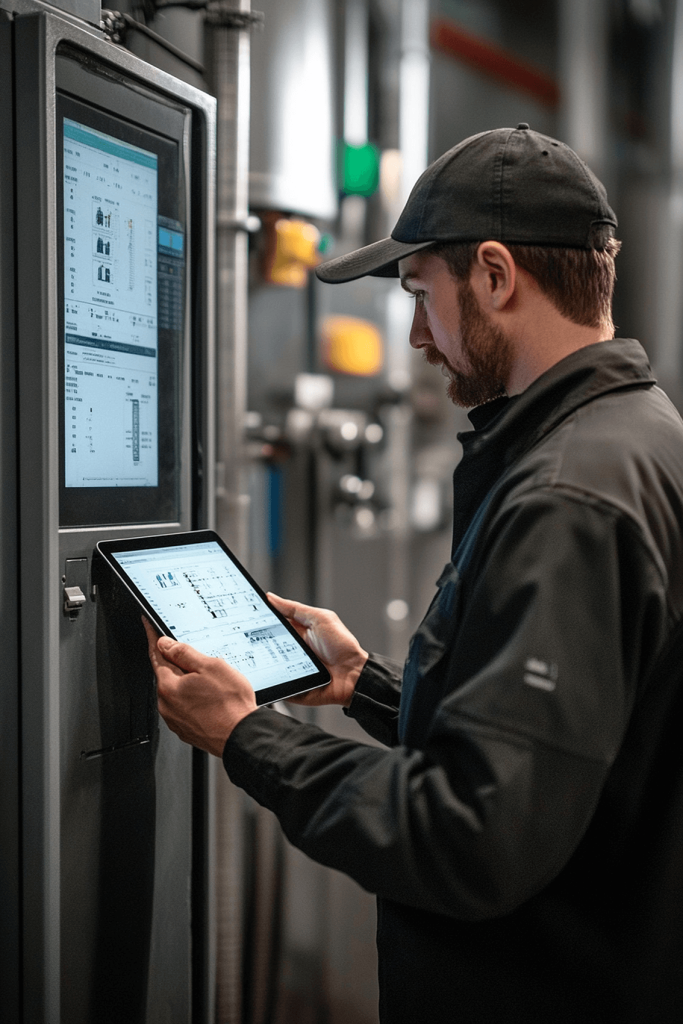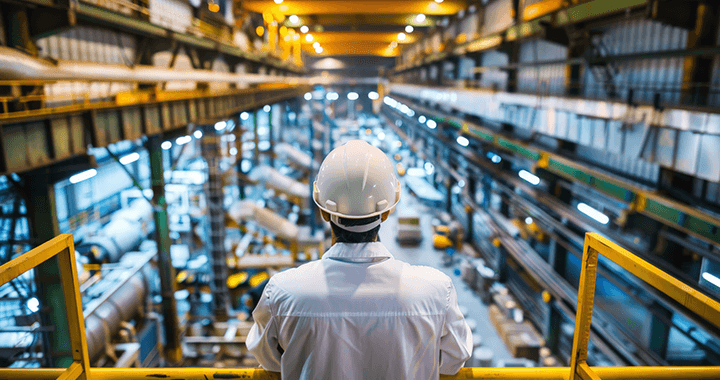Industrial energy efficiency has become a major issue in the face of rising costs and regulatory obligations. With nearly a fifth of final energy consumption in France attributed to industry, optimising the use of resources is now essential.
In this context, facility monitoring plays a central role. Acting as a control tower, it centralises energy and operational data and transforms it into levers for action. Thanks to technologies such as SCADA systems and energy performance indicators (EPIs), manufacturers are becoming more responsive, compliant and competitive.
The key role of monitoring in industrial energy efficiency
Energy monitoring, using tools such as CODRA’s Panorama Suite, enables the collection and analysis in real time of all consumption-related data: electricity, gas, water, heat, compressed air, etc. This information, obtained from sensors, meters and controllers, is consolidated in a single environment, providing a comprehensive and actionable overview.
This centralisation facilitates the identification of deviations, the detection of anomalies and the optimisation of processes. It thus provides valuable support to energy and maintenance managers, who have interactive dashboards and automated reports to guide their decisions.
The concrete benefits of energy management for industry
Defining management for better action
Energy management is based on monitoring relevant performance indicators (IPE): consumption per unit produced, monitoring of power peaks, efficiency of energy-intensive equipment, etc. This data, analysed continuously, makes it possible to detect deviations or target rapid corrective actions.
With Panorama Suite, manufacturers can configure alerts and implement optimisation strategies tailored to their business. This contributes to proactive management and gradual improvement in energy performance. This type of approach is at the heart of any serious effort to enhance industrial energy efficiency.
Meeting regulatory requirements
Compliance with the Tertiary Decree, BEGES (Greenhouse Gas Emissions Assessment) and ISO 50001 requires rigorous monitoring and complete traceability of consumption. Scada solutions facilitate these processes through automated, standards-compliant reporting, reducing the administrative burden while strengthening compliance.
Improving overall and sustainable performance
Beyond reducing costs, energy monitoring also extends the life of equipment, limits unplanned downtime and reduces the carbon footprint of sites. The implementation of corrective and preventive action plans, based on a consolidated vision, contributes to a more energy-efficient and resilient industry in the face of climate and economic challenges. This is an essential condition for incorporating industrial energy efficiency into a sustainability strategy.
From raw data to informed decisions
Supervision transforms data flows into concrete actions through a three-step process. It aggregates information from sensors, meters or programmable logic controllers (PLCs) covering all industrial equipment.
- Collection: integration of data from production sensors, HVAC equipment or high-precision electricity meters, ensuring reliable traceability.
- Analysis: generation of interactive dashboards, consumption graphs and automated reports to simplify interpretation.
- Control: in the event of an anomaly (overconsumption, drift), alerts enable remote adjustments to be made, avoiding costly energy losses.
This proactive approach prevents waste and optimises energy efficiency. For example, monitoring can identify energy-intensive equipment left running unnecessarily and suggest immediate adjustments. Industrial energy efficiency is then based on quick decisions, made possible by real-time visibility.

Implementing effective energy monitoring: choosing the right platform
Panorama Suite, developed by CODRA, offers a comprehensive and modular monitoring solution. It integrates easily with existing infrastructure and covers all needs: energy monitoring, utility management, alarm management, and regulatory reporting.
By centralising information, Panorama helps companies to:
- control their energy consumption;
- anticipate deviations and anomalies;
- ensure regulatory compliance;
- enhance the value of their assets throug able energy management.
Monitoring thus becomes a strategic investment, combining economic performance, sustainability and operational resilience. It also provides an essential technological foundation for any long-term industrial energy efficiency policy.
Faced with rising costs and climate challenges, industrial energy efficiency relies on structured and reliable management. Monitoring, particularly through advanced solutions such as CODRA’s Panorama Suite, transforms raw data into informed decisions.
It is a strategic lever for improving energy performance, reducing carbon footprint and ensuring regulatory compliance. By choosing a suitable monitoring platform, manufacturers have a real ally in reconciling competitiveness and sustainability.
Discover how Panorama E2 can support your energy management projects.






